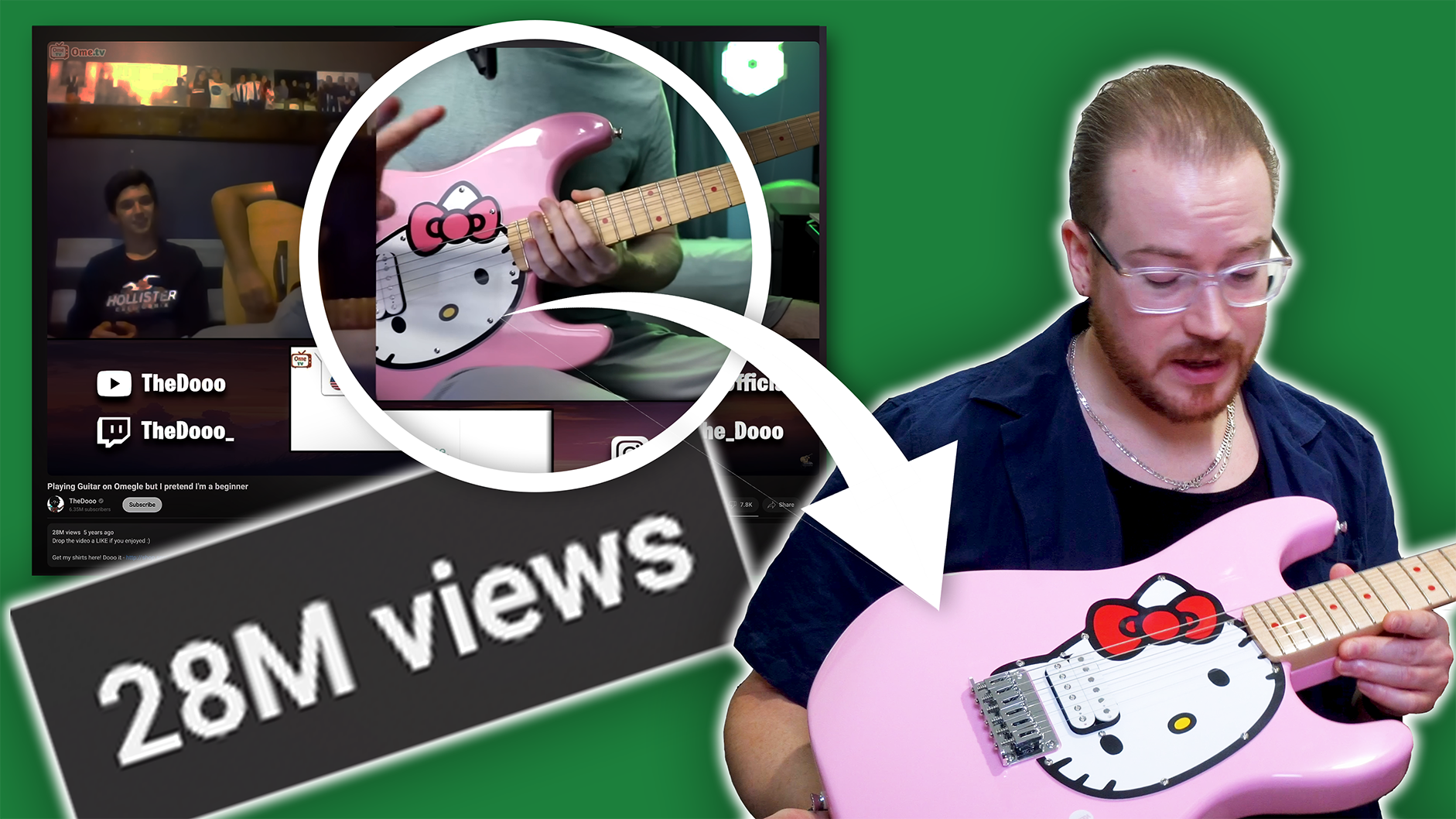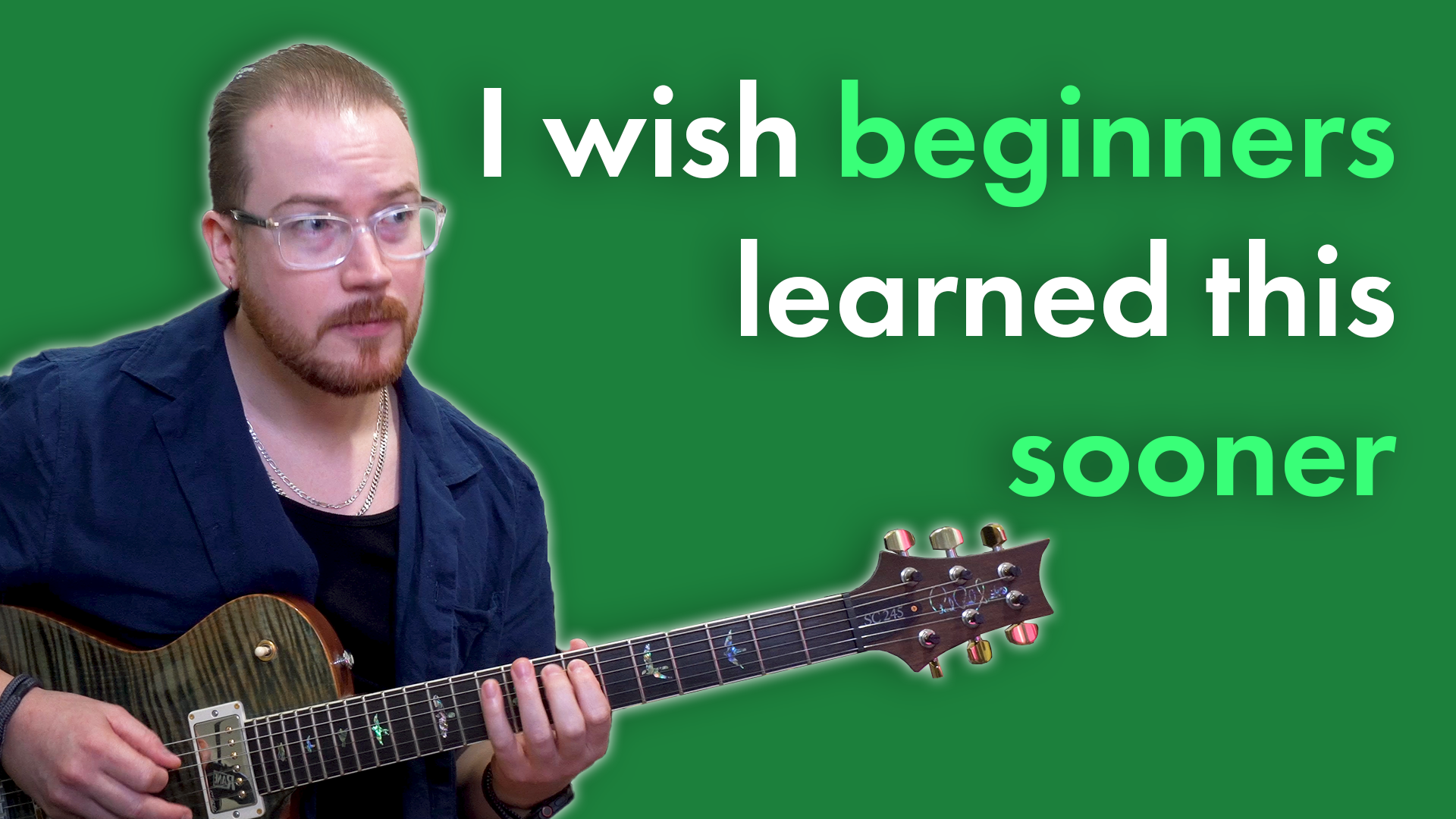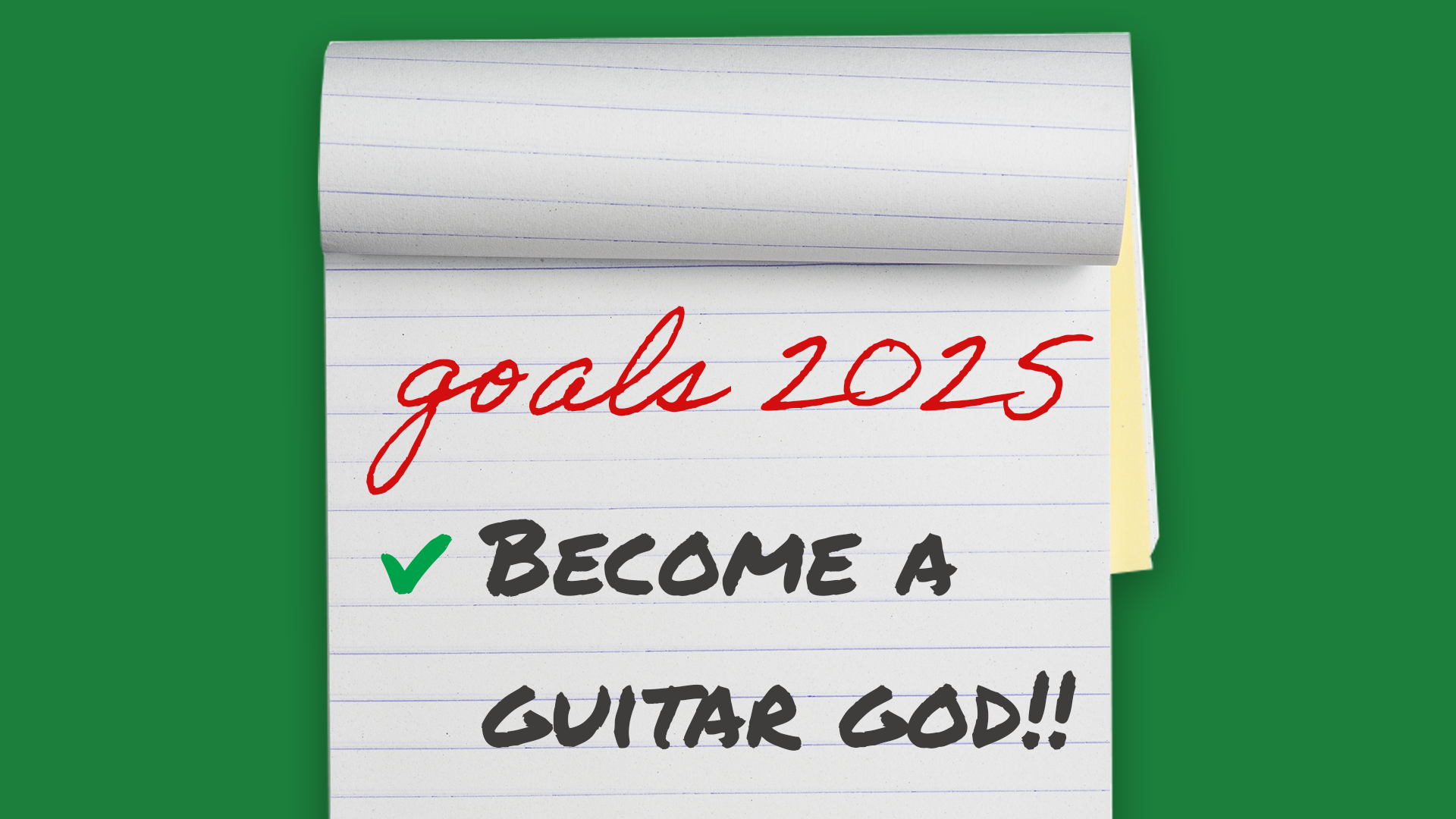Why Musicians are Afraid to Count to Four
Counting is scary
One of the funniest things I have noticed in my time teaching is that 90% of students struggle to count to four. Picture the scene, we’re halfway through a lesson, the student is doing well, and we’re just about to look at some rhythm exercises to help develop our timing and coordination.
“Okay,” I say, “So I want you to tap your foot on the beat while you’re playing, and count out loud -”
“- What?” The student interrupts, clearly horrified and suddenly nervous, “Count out loud??”
What usually follows is a half-hearted attempt to count the rhythm they are playing. Apparently, counting to four is a nerve-racking experience. It is harder than you think though, and there are a couple of reasons why most students aren’t so thrilled to show off their basic maths.
Polyrhythms aren’t just for drummers
Polyrhythms are where we play more than one rhythm at the same time. Drummers have got this down. A stick in each hand, their feet kicking away on the pedals. Drummers are used to playing four different rhythms at once. The rest of us, not so much.
If you are a guitar player, you might find yourself strumming something. That’s one rhythm. Perhaps you start singing along? Another rhythm. And if you get that foot-tapping, you have three different rhythms all going at the same time. They aren’t necessarily very complex, but it still takes some coordination to do.
Rhythm is one of the most important skills for any musician to develop. If you can’t play in time, you can’t play with anyone. Let’s take our guitarist from before. They’re tapping their foot, strumming away, and having a bit of a sing-along. It might not seem like it at first, but getting good at these three things will definitely help your development as a musician.
Everything is in fours… usually.
If you start counting along to the music you listen to, you’ll notice that most of it is grouped in fours. Four beats in a bar. Four bars in a phrase. Four lots of four bars in a verse. There are a lot of fours. As you develop your rhythm skills and get more experience as a musician you’ll notice you don’t have to count the beats and bars as closely. You learn to feel how long a four-bar phrase lasts. This has saved me in more than a few situations when I was in the middle of a performance and somehow managed to forget exactly where we were up to in the song. I had to rely on the fact that I knew how it felt to play four bars so I didn’t miss the next chord.
Tapping your foot on the beat
One of the best ways to learn what it feels like to play a rhythm is to tap your foot on the beat. This helps for a number of reasons. Tapping your foot on the beat acts as a physical metronome. Once you get good at it, you can trust that no matter how difficult or confusing the rhythm is that you are singing or strumming, you will always be in time because you know where the first beat of the bar is. This is especially important if you are playing in a group situation and the drummer is getting a little fancy, or if you aren’t playing for a particular section of the song. Tapping your foot can also help when you are learning or playing difficult rhythms because it acts as an extra beat that people won’t hear, which you can use as a reference point.
Understanding the rhythm
If you can’t play in time, you can’t play with anyone.
Just as tapping your foot to the beat is an essential tool for learning how to feel a rhythm, counting out loud is equally helpful for understanding a rhythm. Most people who are learning an instrument can listen to a rhythm in a song and play it back. However, this doesn’t mean they understand what they are doing. It’s like listening to someone who’s got a long foreign name introduce themselves. You hear the sounds they are making with their voice and you can probably repeat it, however, you don’t fully understand what’s going on until they spell if for you, and sometimes you realise you’ve been saying it wrong. Counting out loud is how we spell a rhythm. It helps us remember the rhythm and understand how it fits into the song.
Don’t worry, it gets easier!
So what happens to the students after a little bit of counting, tapping and strumming? Almost all of them notice a significant improvement in their rhythm playing, which results in them performing more confidently and learning pieces quicker. There is that initial shock when they realise that tapping your foot and counting the rhythm out loud is actually much harder than it seems. But we slow it down, play it carefully, and speed it up from there.
Next time you’re jamming on your instrument, give it a go. Tap your foot to the beat and count out loud. Are your rhythm skills as good as you thought they were?



